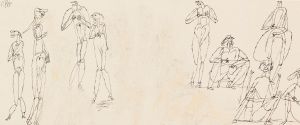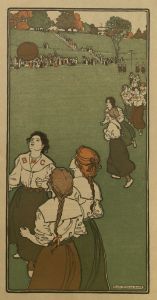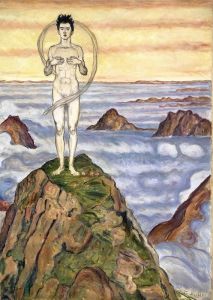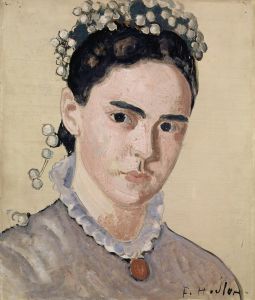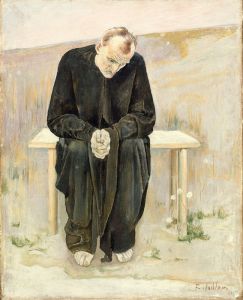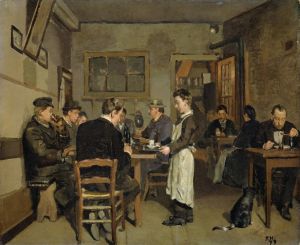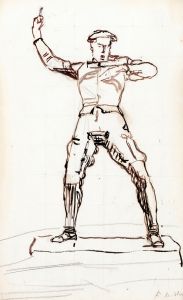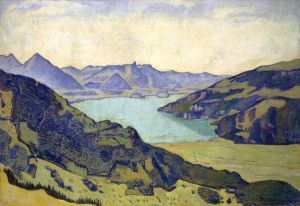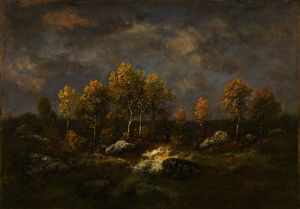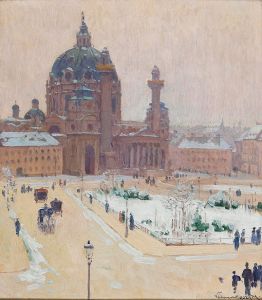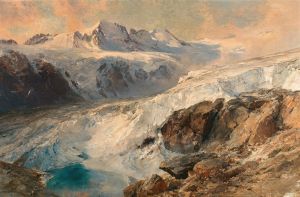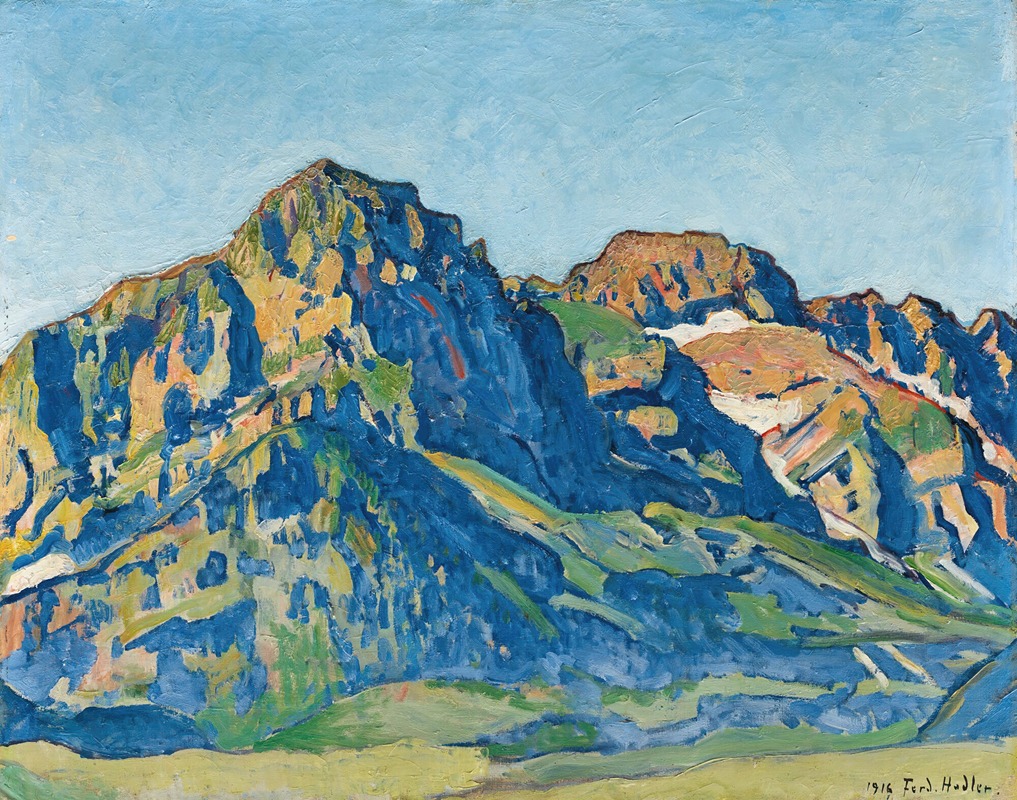
Die Dents Blanches
A hand-painted replica of Ferdinand Hodler’s masterpiece Die Dents Blanches, meticulously crafted by professional artists to capture the true essence of the original. Each piece is created with museum-quality canvas and rare mineral pigments, carefully painted by experienced artists with delicate brushstrokes and rich, layered colors to perfectly recreate the texture of the original artwork. Unlike machine-printed reproductions, this hand-painted version brings the painting to life, infused with the artist’s emotions and skill in every stroke. Whether for personal collection or home decoration, it instantly elevates the artistic atmosphere of any space.
Ferdinand Hodler was a Swiss painter known for his contributions to symbolism and art nouveau. One of his notable works is "Die Dents Blanches," which translates to "The White Teeth" in English. This painting is part of Hodler's extensive body of landscape work, which often depicted the Swiss Alps and other natural scenes with a unique blend of realism and symbolism.
Hodler was born in 1853 in Bern, Switzerland, and he developed an interest in art at a young age. He studied under several artists, including Barthélemy Menn, who introduced him to the principles of plein air painting. Hodler's early works were influenced by realism, but he gradually developed a more symbolic style that sought to convey deeper emotional and spiritual meanings.
"Die Dents Blanches" is a landscape painting that captures the majestic beauty of the Dents Blanches mountain range, located in the Alps on the border between Switzerland and France. The painting is characterized by Hodler's distinctive use of color and form, which emphasizes the grandeur and serenity of the natural world. The mountains are depicted with sharp, angular lines that contrast with the softer, flowing forms of the surrounding landscape, creating a dynamic composition that draws the viewer's eye across the canvas.
Hodler's approach to landscape painting was heavily influenced by his belief in parallelism, a concept he developed that emphasized the harmony and rhythm of natural forms. In "Die Dents Blanches," this is evident in the repetition of shapes and lines, which create a sense of balance and unity within the composition. The painting reflects Hodler's interest in the spiritual and transcendental qualities of nature, as well as his desire to capture the essence of the Swiss landscape.
Throughout his career, Hodler's work was met with both acclaim and controversy. He exhibited widely across Europe, and his paintings were included in major exhibitions such as the Vienna Secession and the Munich Secession. Despite facing criticism from some quarters for his unconventional style, Hodler remained committed to his artistic vision and continued to explore new themes and techniques.
"Die Dents Blanches" is an example of Hodler's mature style, which combines elements of realism, symbolism, and art nouveau. The painting is notable for its bold use of color and its ability to convey the awe-inspiring beauty of the natural world. Today, Hodler is recognized as one of Switzerland's most important artists, and his work continues to be celebrated for its innovative approach and enduring impact on the art world.
Ferdinand Hodler passed away in 1918, but his legacy lives on through his paintings, which are held in collections around the world. "Die Dents Blanches" remains a testament to his skill as a landscape painter and his ability to capture the sublime beauty of the Swiss Alps.





